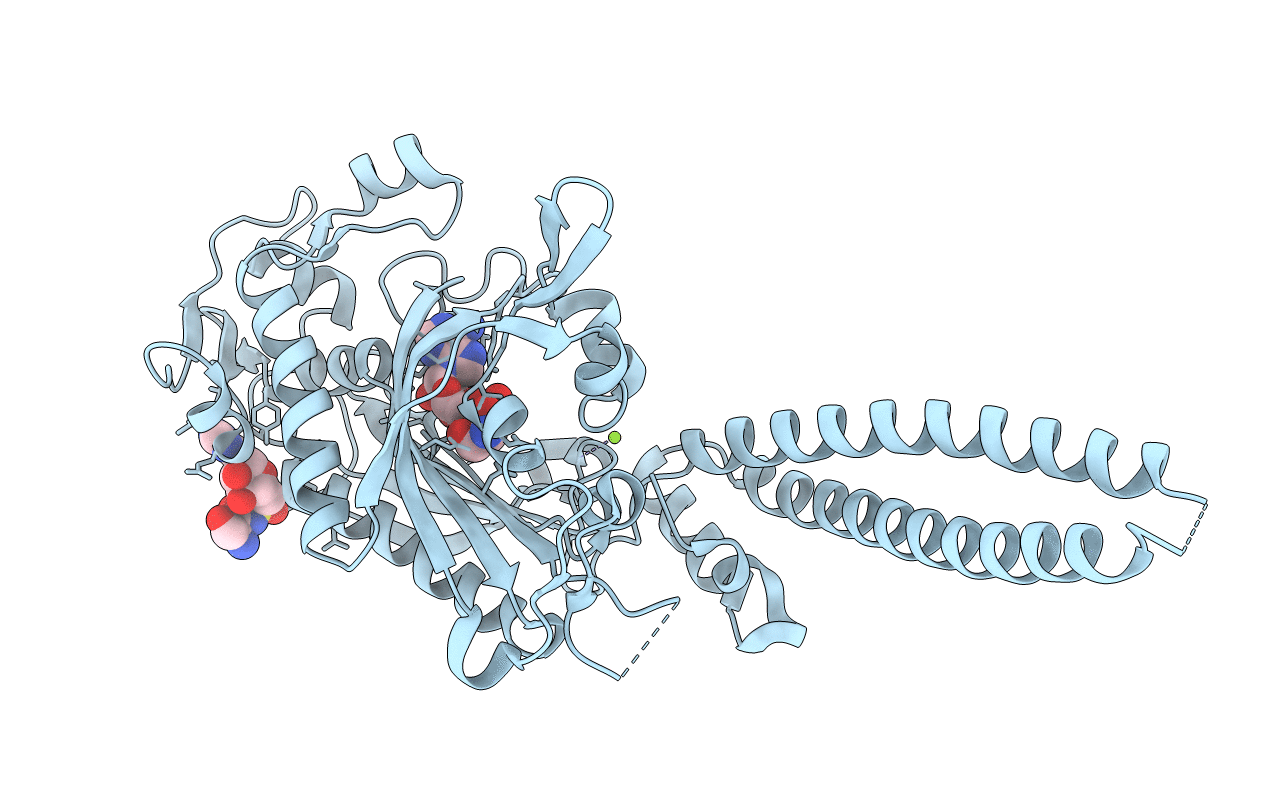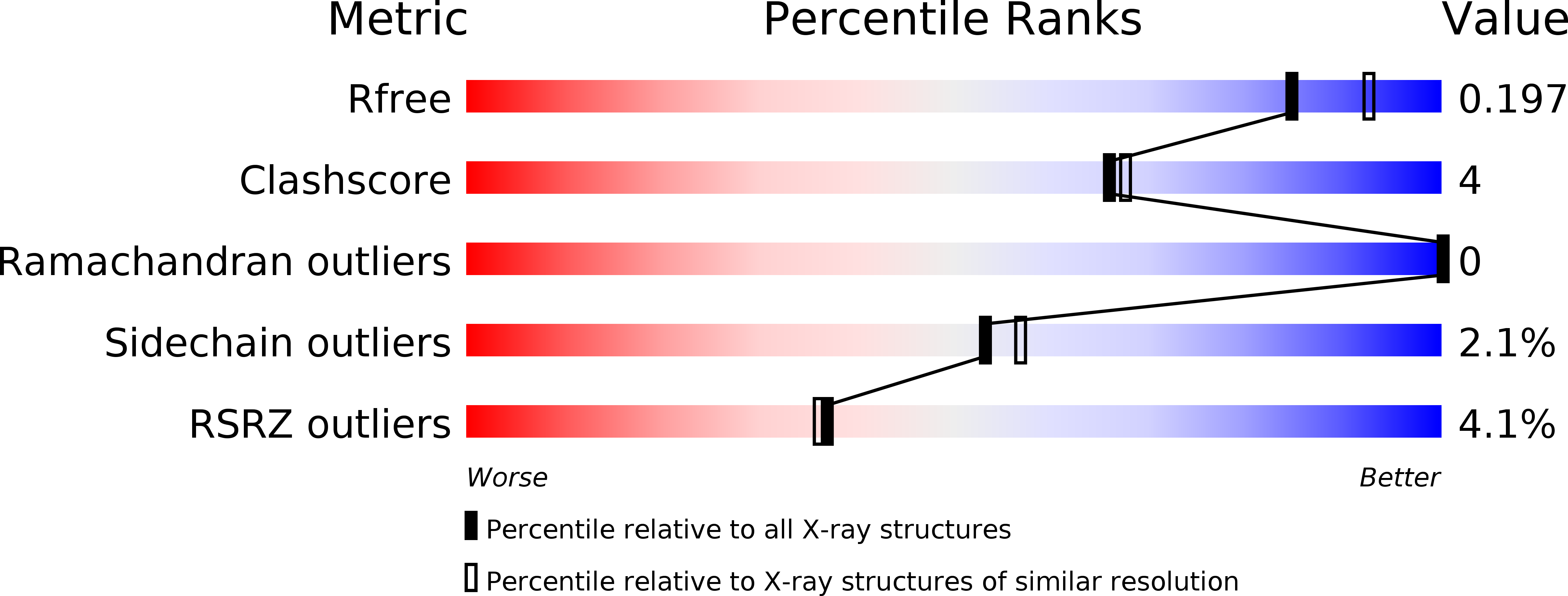
Deposition Date
2011-02-09
Release Date
2011-08-03
Last Version Date
2023-09-13
Entry Detail
PDB ID:
3QO8
Keywords:
Title:
Crystal Structure of seryl-tRNA synthetase from Candida albicans
Biological Source:
Source Organism:
Candida albicans (Taxon ID: 5476)
Host Organism:
Method Details:
Experimental Method:
Resolution:
2.00 Å
R-Value Free:
0.20
R-Value Work:
0.18
R-Value Observed:
0.18
Space Group:
P 61 2 2


